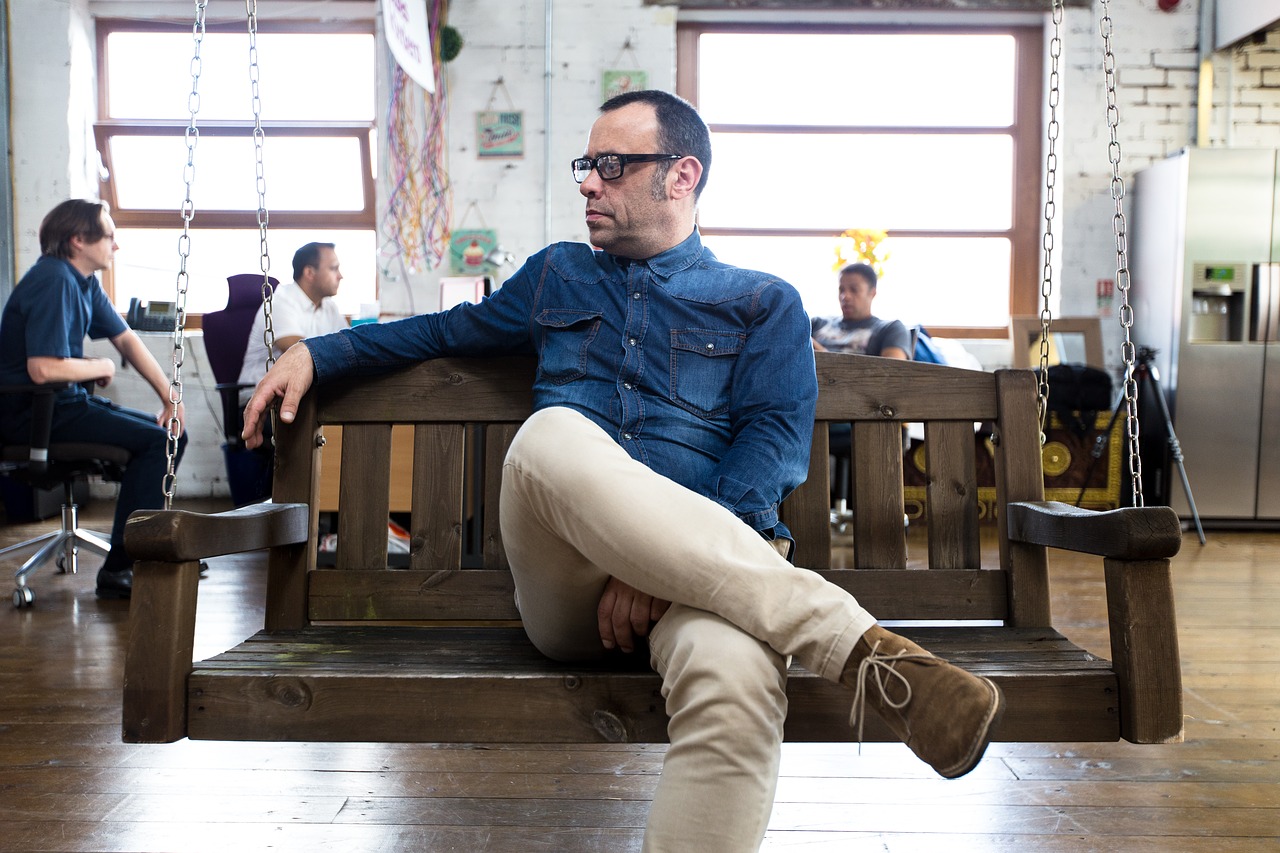Age of Product’s Food for Thought of January 22nd, 2017—shared with 6,173 peers—wants you to free your mind (and the agile rest will follow): Efficiency and creativity don’t make good companions, particularly if you have to resort to guerrilla innovation.
We also bust the myth that there are too many meetings in Scrum—the so familiar post-Scrum-honeymoon whining from developers.
We then dive deep into how to turn ideas into validated learnings and those into actionable user stories for the product backlog. By the way, given the abundance of ideas, you may consider learning how to say ‘no’ to create an outstanding product. Find out how to do so without burning bridges.
Last but not least: Learn how to intelligently fail while hacking the innovation culture of your organization—which is particularly useful if you are not working for Google, for example.
The Essential Read: Guerrilla Innovation
(via A List Apart): Guerrilla Innovation
Janice Gervais has tips & tricks on how to innovate if you don’t work for Google but in a less-than-innovative place.
(via Columbia B-School): Intelligent Failure
Professor Rita McGrath, faculty at Columbia Business School Executive Education, on why companies should think about the notion of failure differently.
Agile & Scrum
: Slack and the Agile Manager's Role: Be the Slack

To be creative, your mind needs to feel free and unallocated, uncluttered even. Andrew Fuqua suggests that agile managers shall hence be the slack.
(via Scrum.org): Scrum Myths: Scrum is ‘Meeting Heavy’
Barry Overeem addresses typical complaints from development teams once the Scrum honeymoon period is over that Scrum would be too demanding meeting-wise.
(via Lithespeed): Efficient at What?
Roland Cuellar asks: “When you say that you want efficiency, what is it exactly that you want to be efficient at [in agile software development]?”
: Seeing the system dynamic: component team vs. feature team
Lv Yi uses causal loop diagrams to analyze the difference between feature teams and component teams in organizations.
(via InfoQ): Kanban Metrics in Practice
Mattia Battiston shares from his experience at Sky Network: what metrics they use, how they use them, what pitfalls they encountered and what little data they collect to get a whole lot of value
Product & Lean
: Stop Typing. Start Testing.
Barry O’Reilly points at the biggest challenge of today’s businesses: There is no shortage of ideas, but killing the unsuitable ones as quickly and cheaply as possible.
: Bridging Design Sprints and Development Sprints
Antoine Sakho shares a way of how to turn the learning of a design sprint into actionable user stories needed at the start of a development sprint.
(via Intercom): How do you say no to customers?
Building a successful product means getting good at saying no. But exactly how do you say it? Sharon Moorehouse has an answer.
: Selling Vs. Learning
Rich Mironov believes that great product teams make ongoing customer learning a core part of their mission, and that you should do so, too.
(via Mind The Product): Inspiring Teams with Product Vision
Keela Robison unpacks what product vision is, why it matters and how to find it.

